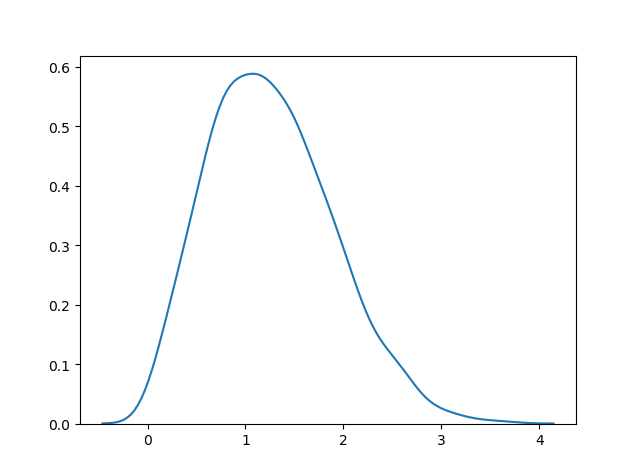Rayleigh Distribution
Rayleigh Distribution
Rayleigh distribution is used in signal processing.
It has two parameters:
scale - (standard deviation) decides how flat the distribution will be default 1.0).
size - The shape of the returned array.
Example
Draw out a sample for rayleigh distribution with scale of 2 with size 2x3:
from numpy import random
x = random.rayleigh(scale=2, size=(2, 3))
print(x)
Try it Yourself »
Visualization of Rayleigh Distribution
Example
from numpy import random
import matplotlib.pyplot as plt
import seaborn as sns
sns.distplot(random.rayleigh(size=1000), hist=False)
plt.show()
Result

Similarity Between Rayleigh and Chi Square Distribution
At unit stddev the and 2 degrees of freedom rayleigh and chi square represent the same distributions.


